Assimilation in biology is like when our bodies take in food and turn it into energy. It’s the process where living things absorb and use nutrients or molecules from their surroundings to grow, stay alive, and function properly.
Moreover, assimilation is crucial because it helps us understand all living organisms.
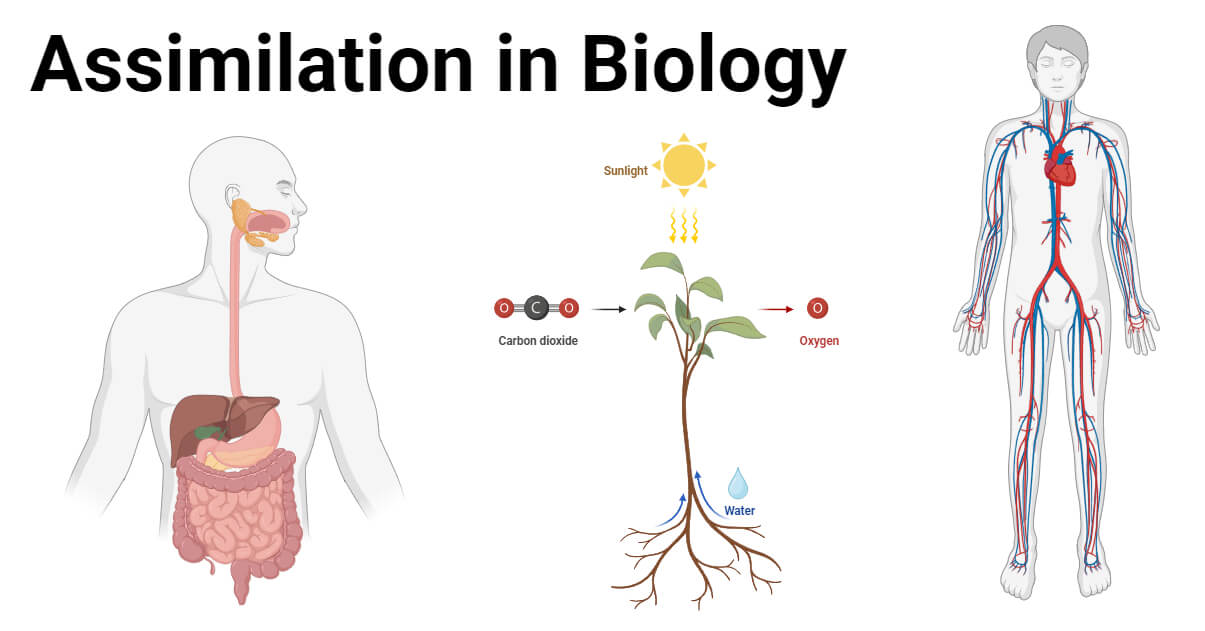
From plants to animals to tiny microorganisms, they get the energy and materials they need to survive. It’s like the engine that keeps life going, helping us unlock the secrets of how nature works.
Assimilation in biology is the process of absorbing nutrients from the environment and making them part of the body’s structure.
Interesting Science Videos
Process of Assimilation in Biology
- Uptake of nutrients by organisms: Organisms take nutrients from their surroundings. For example, plants absorb water and minerals from the soil through their roots.
- Transformation of nutrients for cellular use: Once organisms have these nutrients, they change them into forms that their cells can use. It’s like turning raw materials into building blocks.
- Importance of enzymes in assimilation: Enzymes are like little workers in cells. They help speed up the process of turning nutrients into valuable substances. Without enzymes, assimilation would be slow or might not happen.
Types of Assimilation in Biology
- Photosynthetic assimilation in plants: Plants have a unique way of assimilation called photosynthesis. They use sunlight to turn carbon dioxide and water into sugars and oxygen. These sugars become their food and energy source.
- Heterotrophic assimilation in animals: Animals, including humans, use heterotrophic assimilation. They eat other organisms or their products (like plants or meat) to obtain the necessary nutrients.
- Chemotrophic assimilation in microorganisms: Tiny organisms, like bacteria, use chemotrophic assimilation. They get energy and nutrients by breaking down chemical substances in their environment.
Assimilation in Plants
Photosynthesis as the primary assimilatory process
- Photosynthesis is the key assimilation process in plants. Chloroplasts, small green structures found in plant cells, play a crucial role. Inside these chloroplasts, chlorophyll’s pigment captures sunlight, acting like a plant’s solar panels. This chlorophyll helps plants convert light energy into chemical energy.
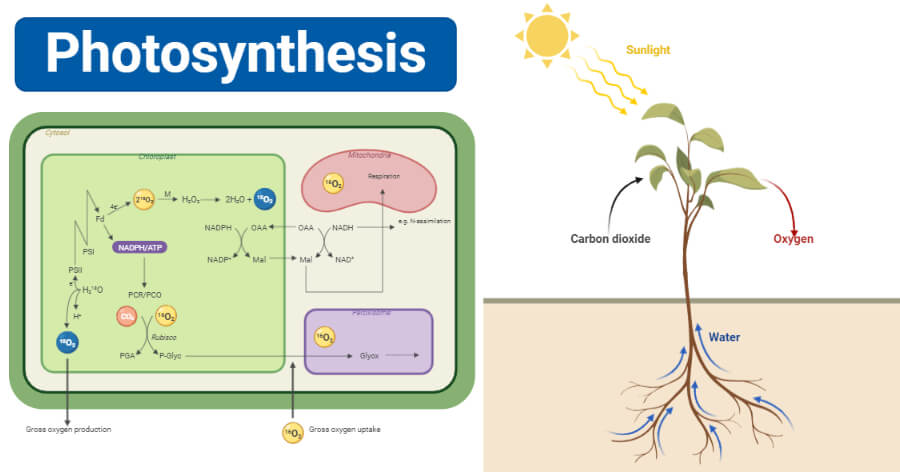
- During photosynthesis, plants use sunlight, carbon dioxide from the air, and water from their roots to create sugars (like glucose) and oxygen. This is a vital process because these sugars become the plant’s food, providing energy and building blocks for growth.
Nutrient assimilation in plants
- Roots, the underground part of plants, are like the plant’s drinking straws. They absorb water and minerals (like nitrogen and phosphorus) from the soil.
- Roots work with others; they often team up with mycorrhizal fungi. These fungi form a partnership with plant roots, extending their reach into the soil and helping the plant absorb even more water and nutrients. It’s like having an extra set of hands to gather supplies.
- Transport of assimilates through the phloem: Once plants have made sugars through photosynthesis, they need to move them around.
- Phloem is like the plant’s delivery system, transporting sugars and other nutrients to different parts of the plant, from leaves to roots and everywhere in between.
Factors affecting assimilation in plants
- The amount of sunlight, the temperature, and the availability of water can all affect how well a plant assimilates nutrients.
- Just like humans inherit traits from their parents, plants inherit certain genetic factors that influence their assimilation abilities. Depending on their genes, some plants may be naturally better at assimilating nutrients than others.
Assimilation in Animals
Heterotrophic assimilation in animals
Animals, unlike plants, cannot perform photosynthesis. Instead, they rely on heterotrophic assimilation, which starts with their digestive system. When animals eat food, it enters the digestive tract, where enzymes and acids break it down into simpler molecules.
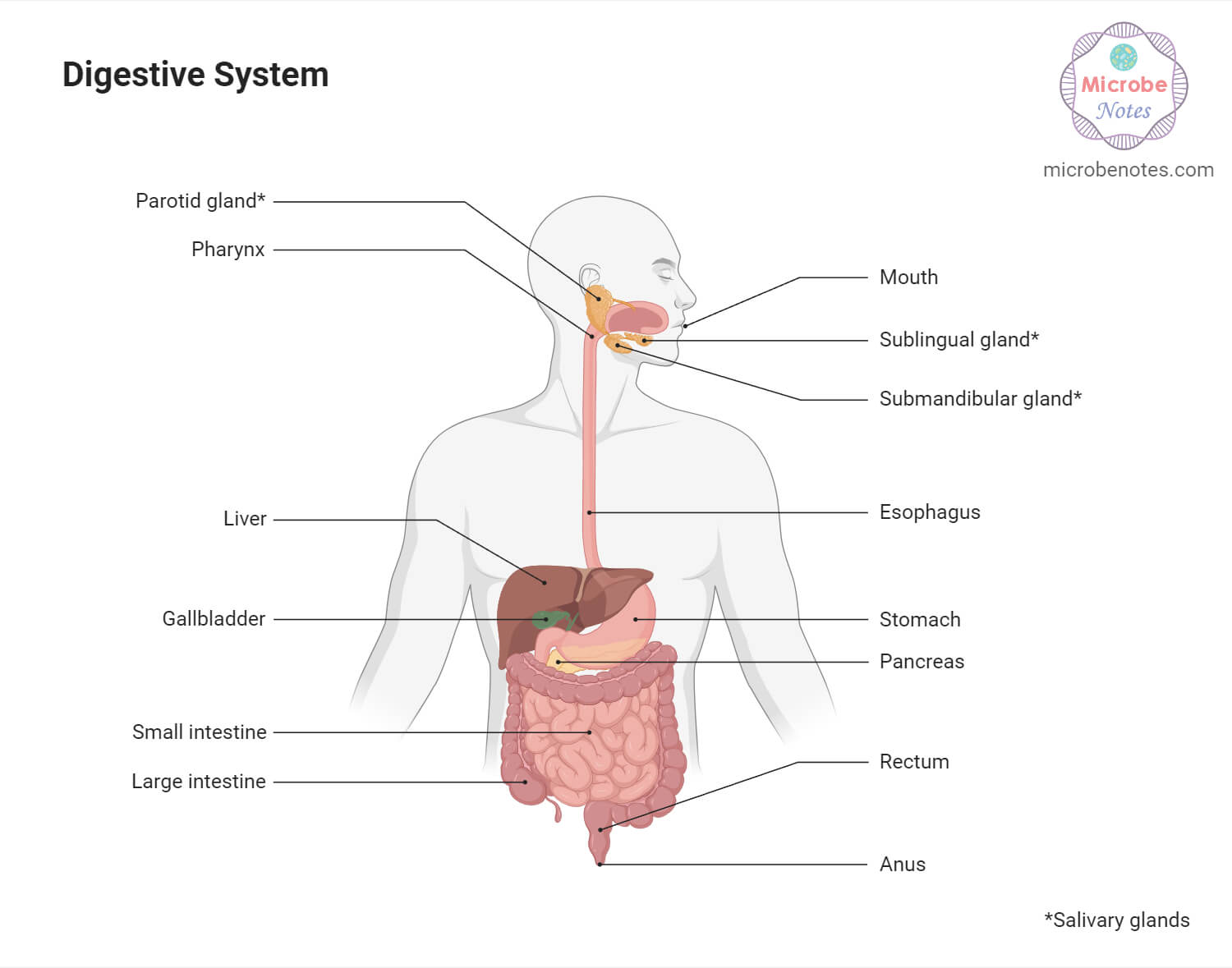
After digestion, nutrients are absorbed through the walls of the digestive tract into the bloodstream. It’s like the nutrients passing through a barrier to enter the body’s transportation system.
Role of the circulatory system in nutrient transport
Once absorbed, nutrients travel through the circulatory system (bloodstream) to reach various body parts. The circulatory system acts like a highway network, delivering nutrients to cells needing energy and growth.
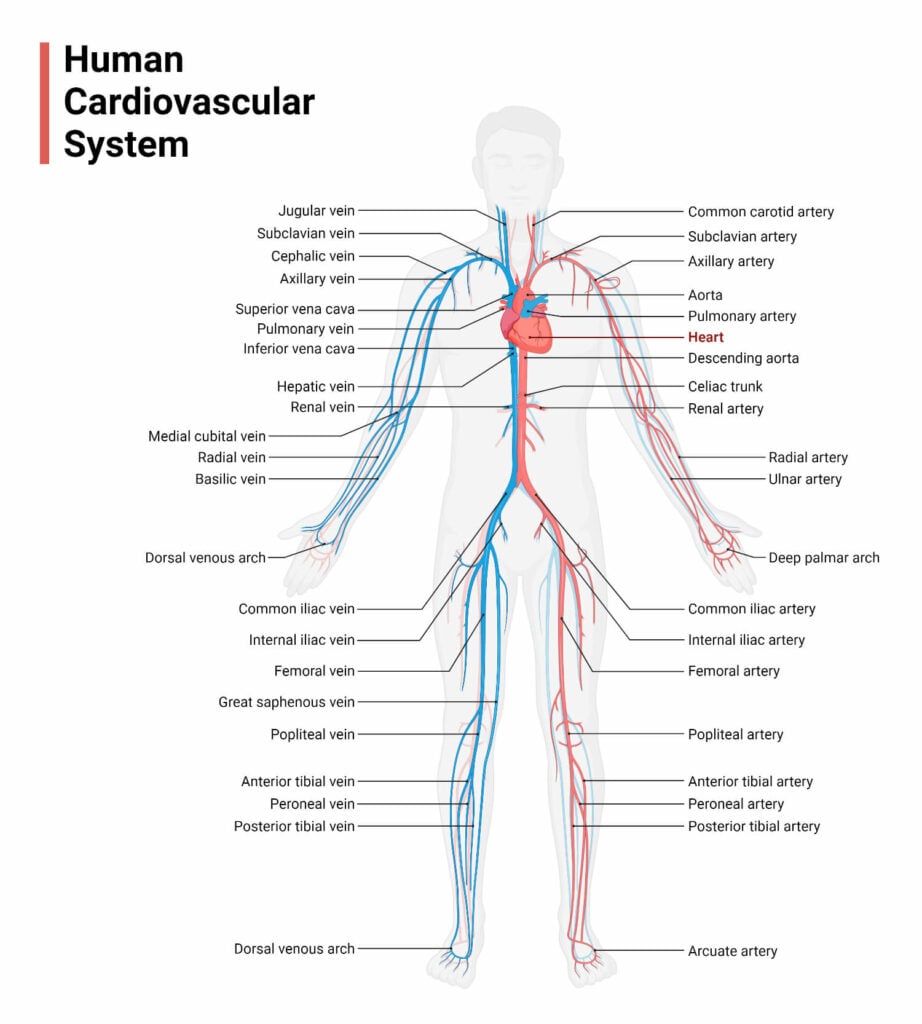
Cellular assimilation in animal cells
Inside animal cells, nutrients are further processed through metabolic pathways. These pathways are like intricate chemical recipes that transform nutrients into energy and building blocks for the cell.
Mitochondria play a crucial role in cellular assimilation and produce energy (in the form of ATP) through cellular respiration.
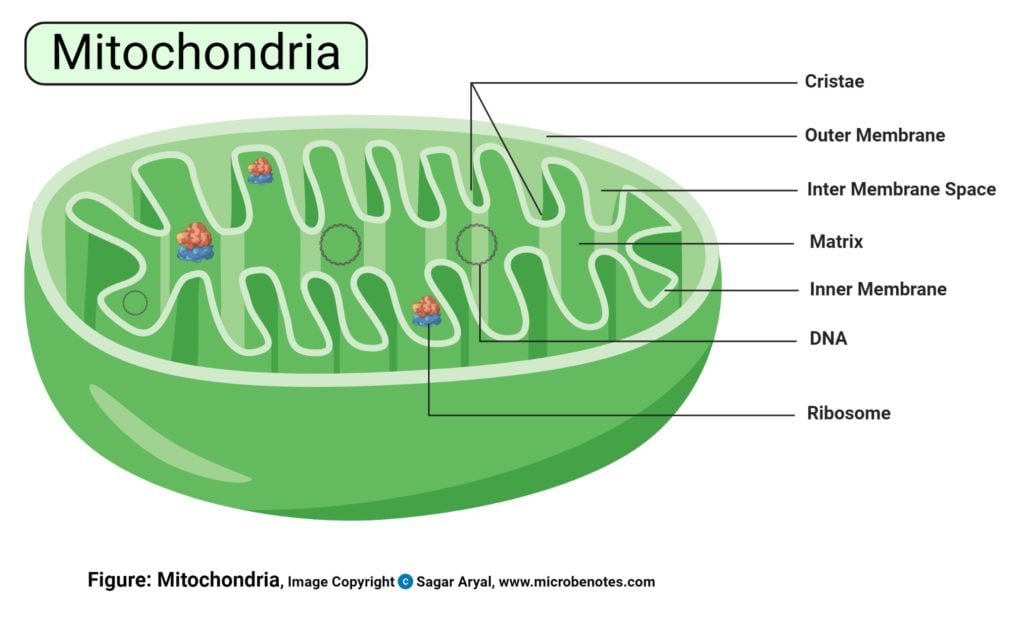
Factors influencing assimilation in animals
The type of food an animal eats directly impacts assimilation. A balanced diet with the right mix of nutrients is essential for proper functioning.
The overall health and condition of an animal influence assimilation. Illness, stress, or metabolic disorders can affect nutrient processing and absorption efficiency. Animals in good health generally assimilate nutrients more effectively.
Challenges and Future Directions of Assimilation in Biology
Despite significant progress, scientists need help comprehending the complexities of biological assimilation. Rapid environmental changes, such as climate shifts, can impact assimilation processes in plants and animals, challenging food security and ecosystem stability.
These emerging tools allow researchers to explore assimilation processes at unprecedented levels of detail, offering new insights into nutrient uptake, transport, and cellular utilization.
Future research in assimilation holds promise in addressing critical global issues, such as sustainable agriculture, ecological conservation, and human health and investigating the interplay between genetics, environment, and nutrient assimilation.
At the same time, different species can uncover innovative strategies for optimizing crop production, preserving biodiversity, and improving personalized nutrition and healthcare.
Conclusion
Intricate processes of assimilation in biology, whether in plants or animals, remain vital subjects of study. As technology advances, exploring these mechanisms deepens our understanding of life and offers solutions to pressing challenges in agriculture, ecology, and human well-being.
References
- http://www.environmentdata.org/archive/vocabpref:18585
- https://www1.goramblers.org/textbook-solutions/Book?trackid=sjZ:7592&Academia=What-is-assimilation-in-biology(1).pdf
- https://dbpedia.org/page/Assimilation_(biology)
- http://ib.bioninja.com.au/standard-level/topic-6-human-physiology/61-digestion-and-absorption/stages-of-digestion.html
- https://www.sciencedirect.com/topics/biochemistry-genetics-and-molecular-biology/nitrogen-assimilation
- https://journals.sagepub.com/doi/10.1177/030631277600600312
- https://bio.libretexts.org/Bookshelves/Botany/Botany_(Ha_Morrow_and_Algiers)/04%3A_Plant_Physiology_and_Regulation/4.05%3A_Transport/4.5.02%3A_Translocation_(Assimilate_Transport)
